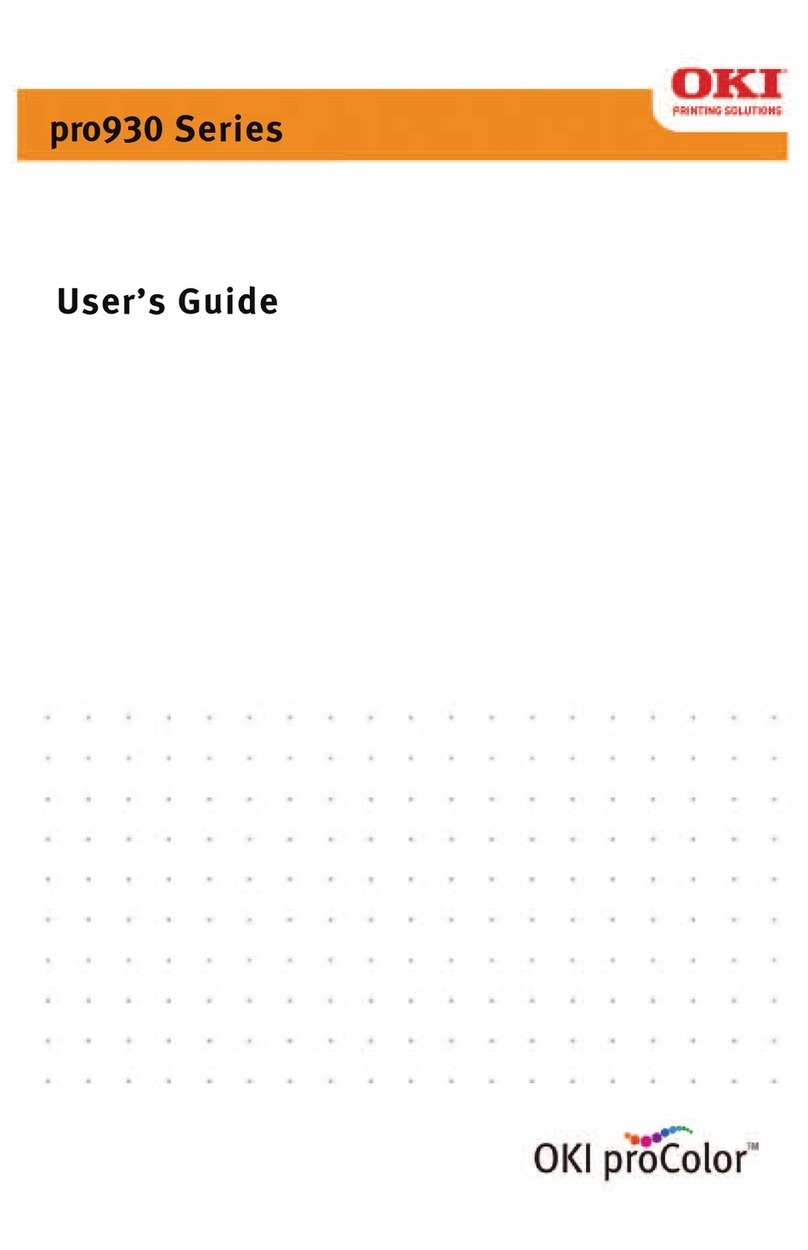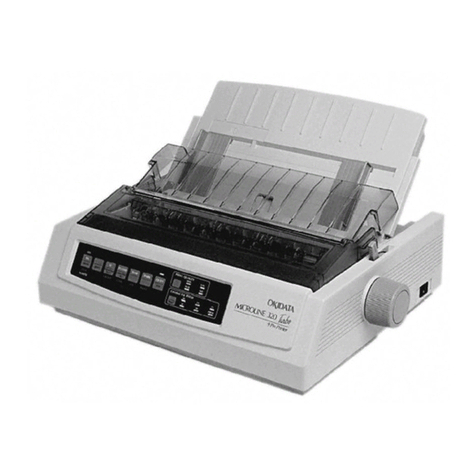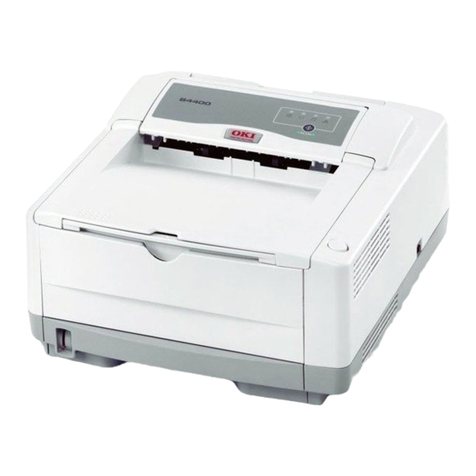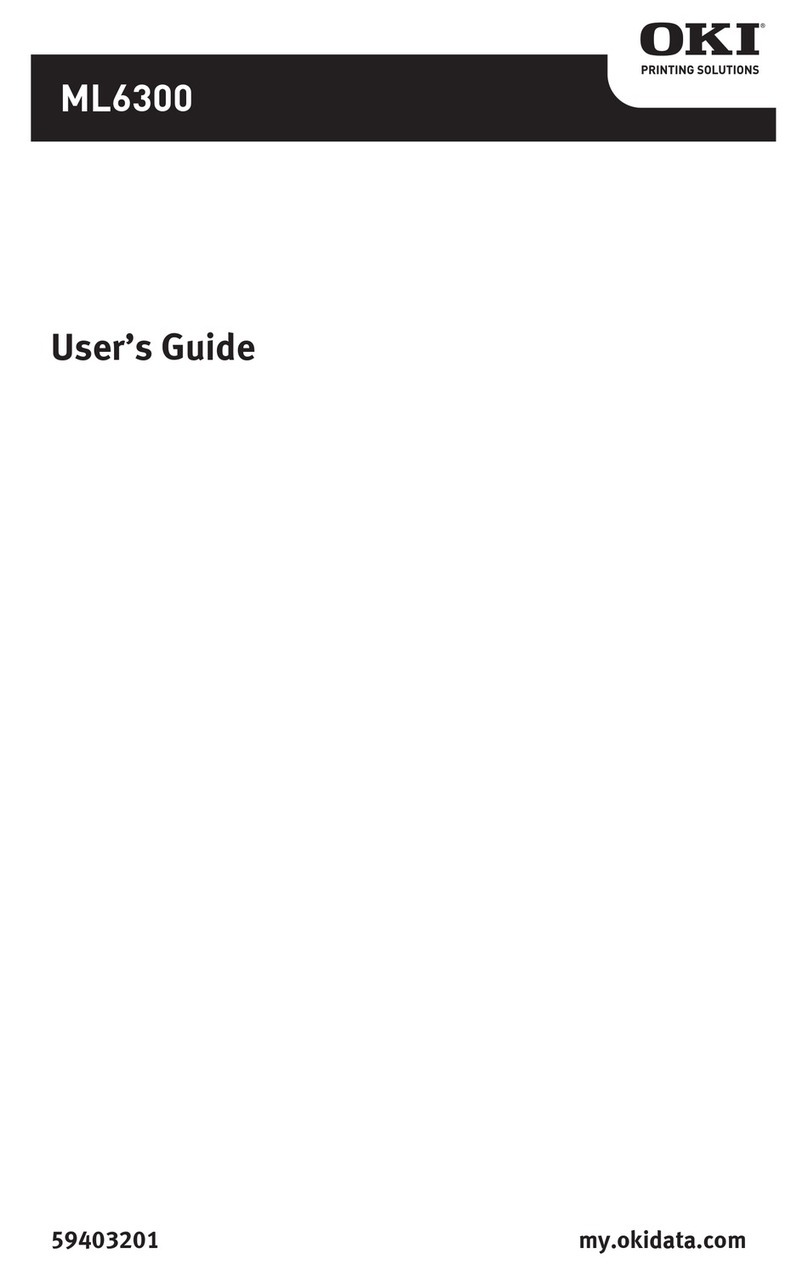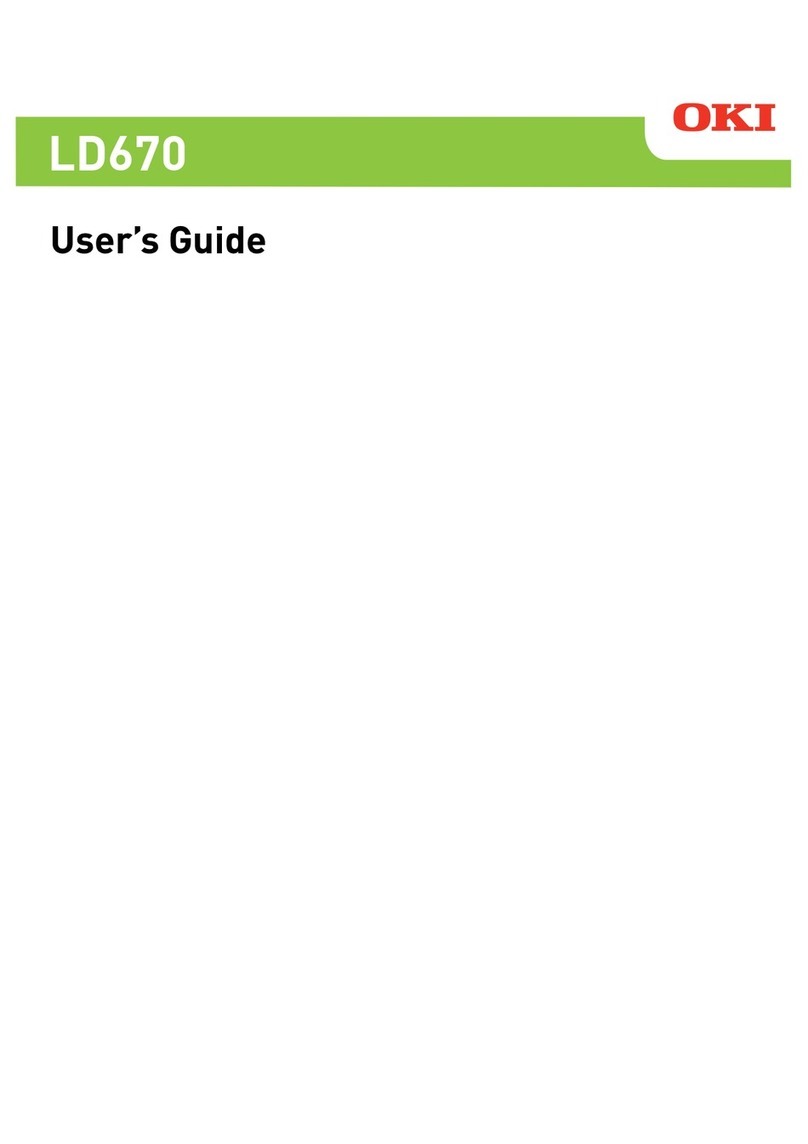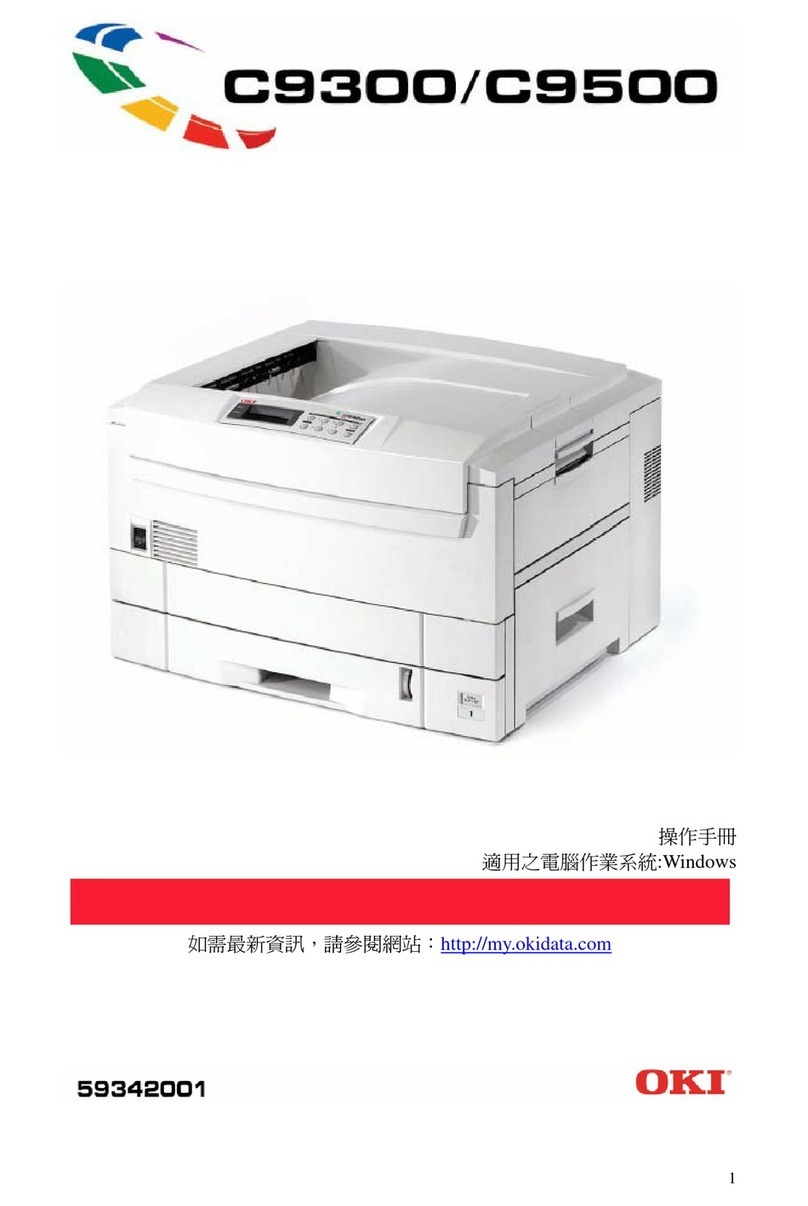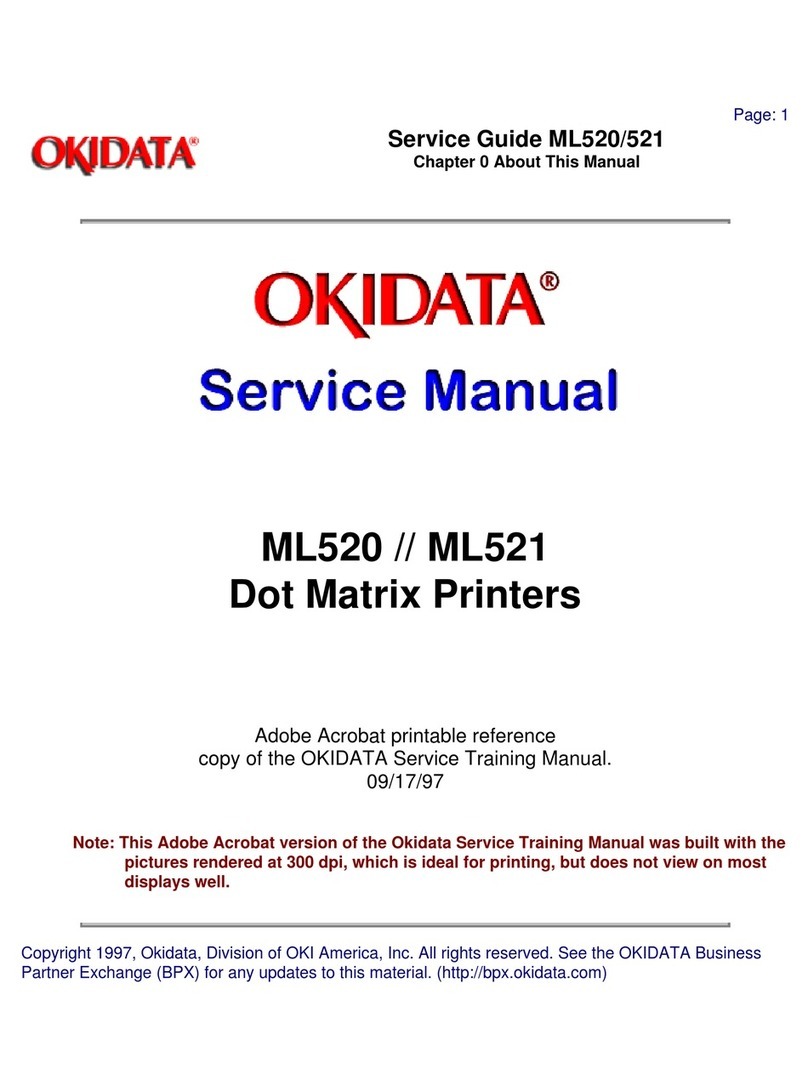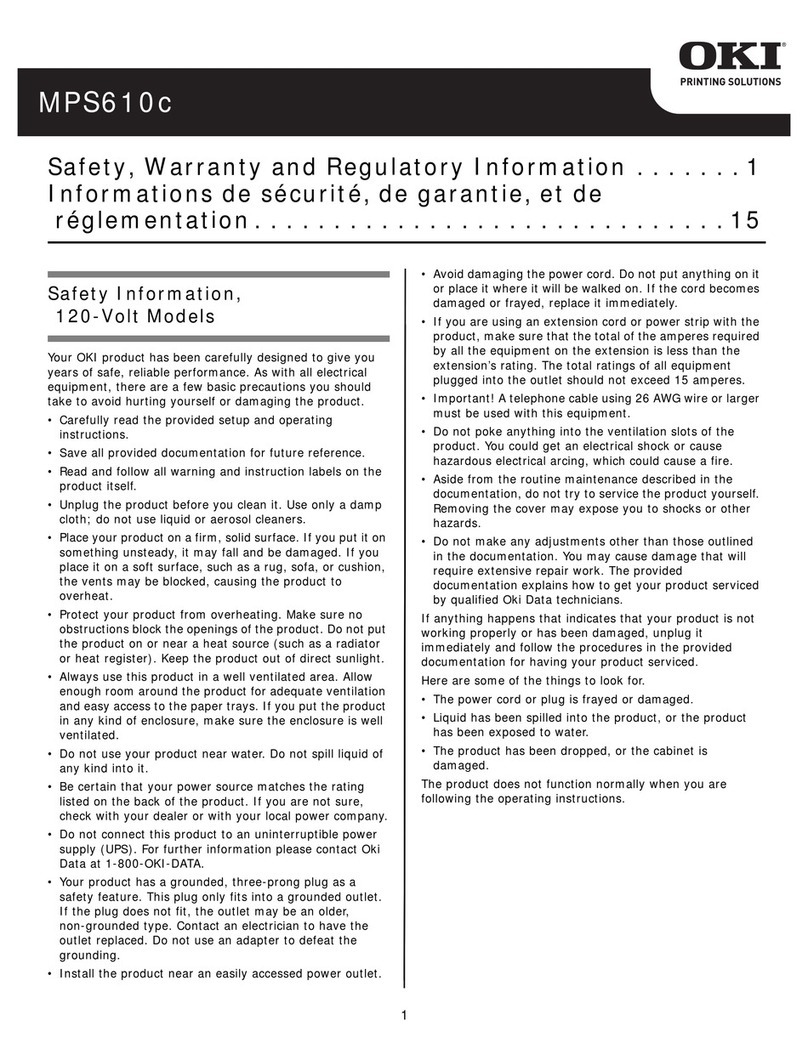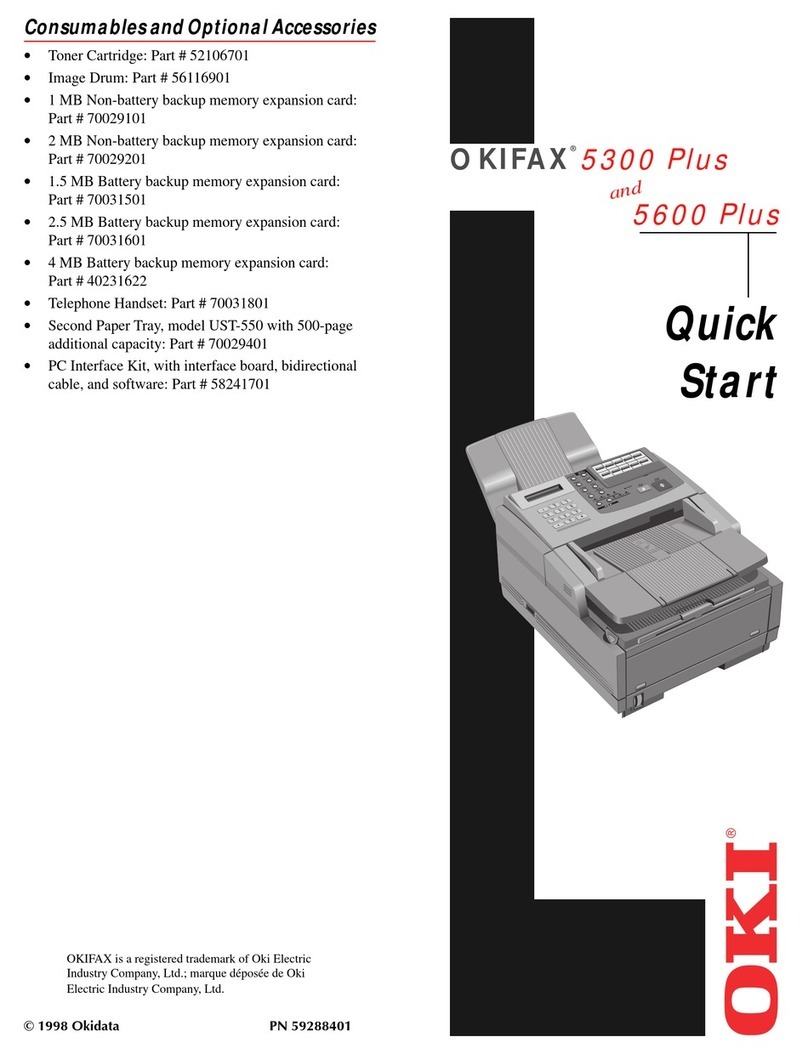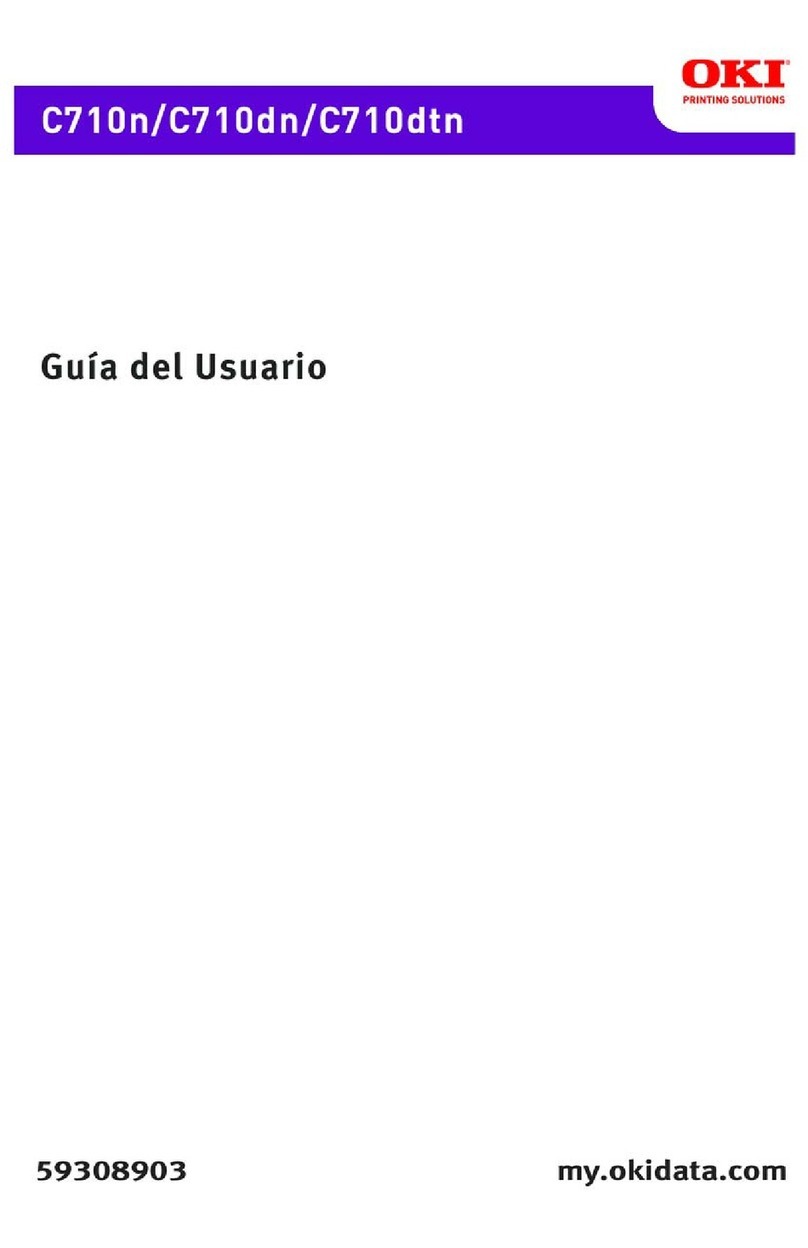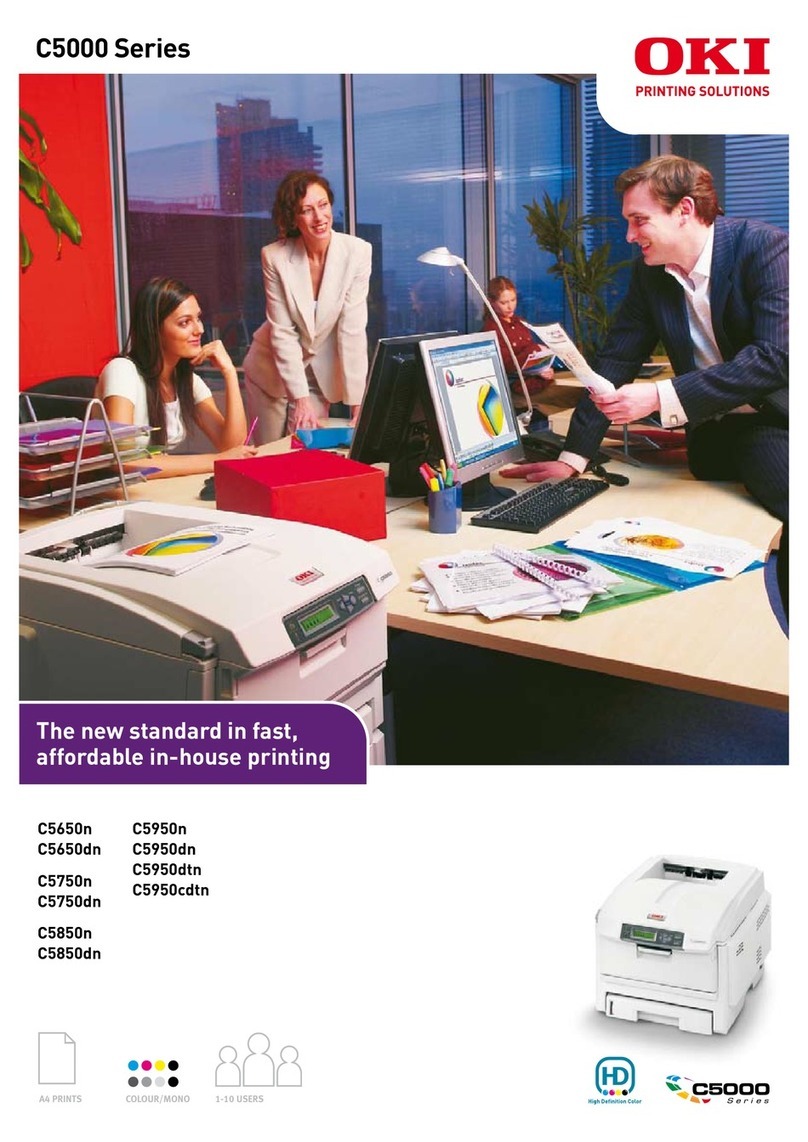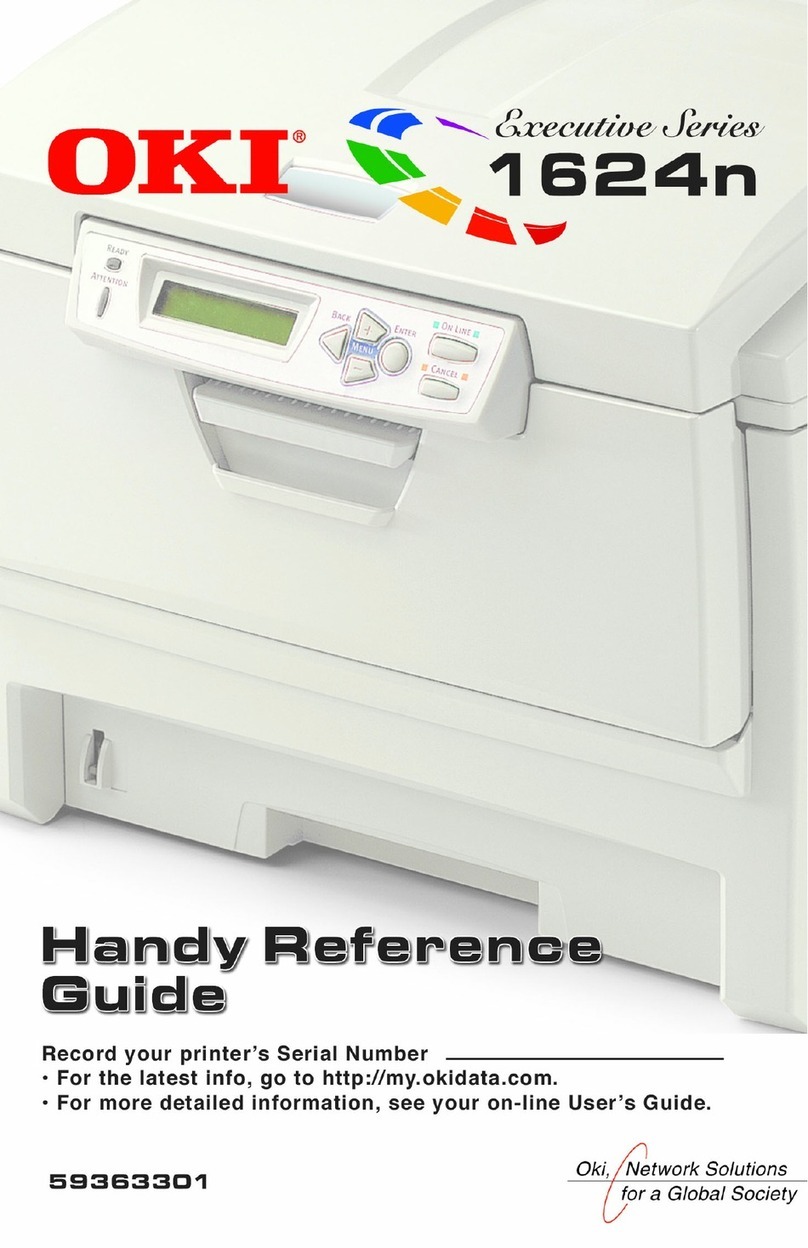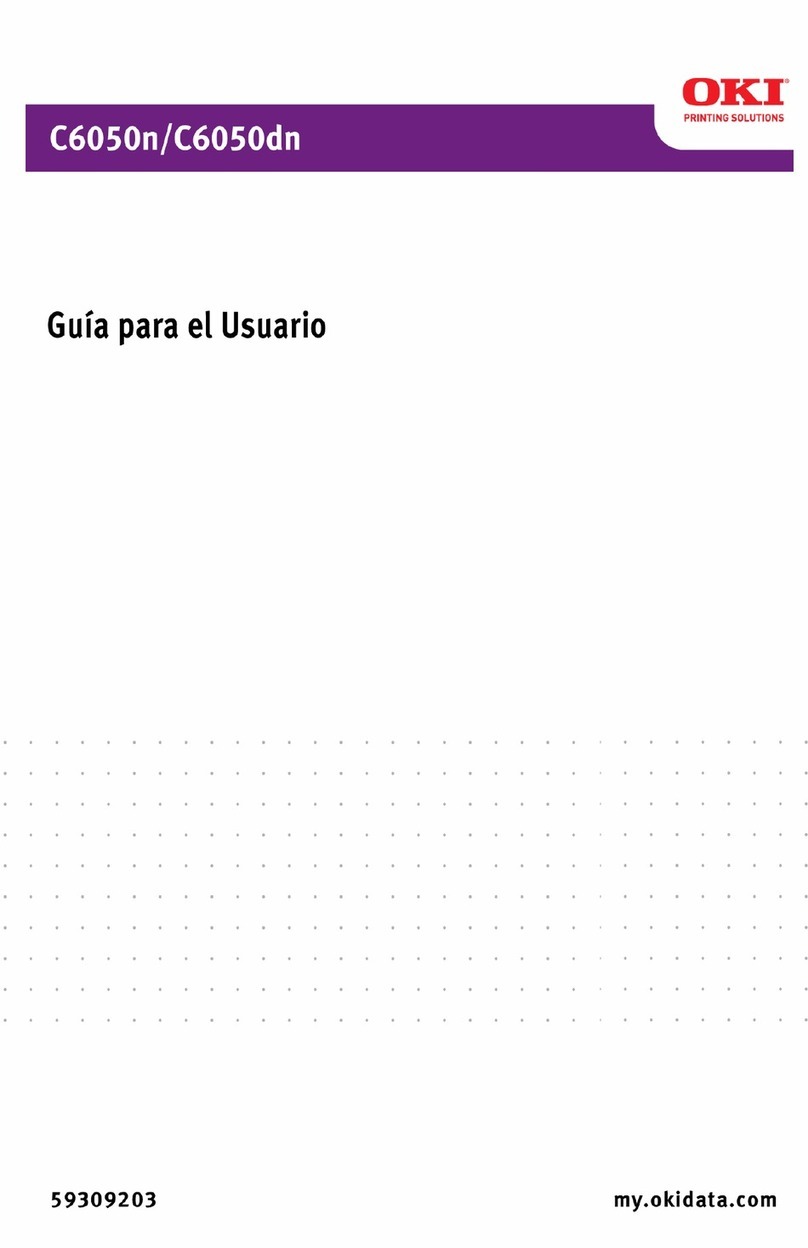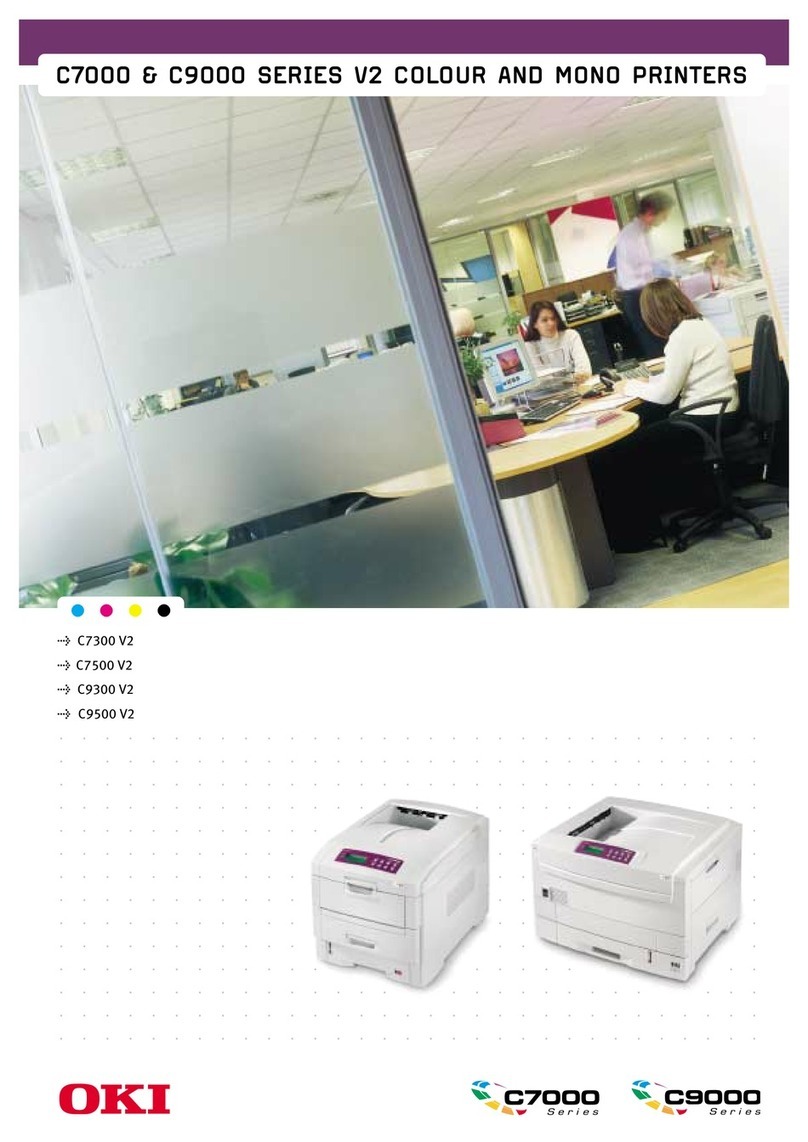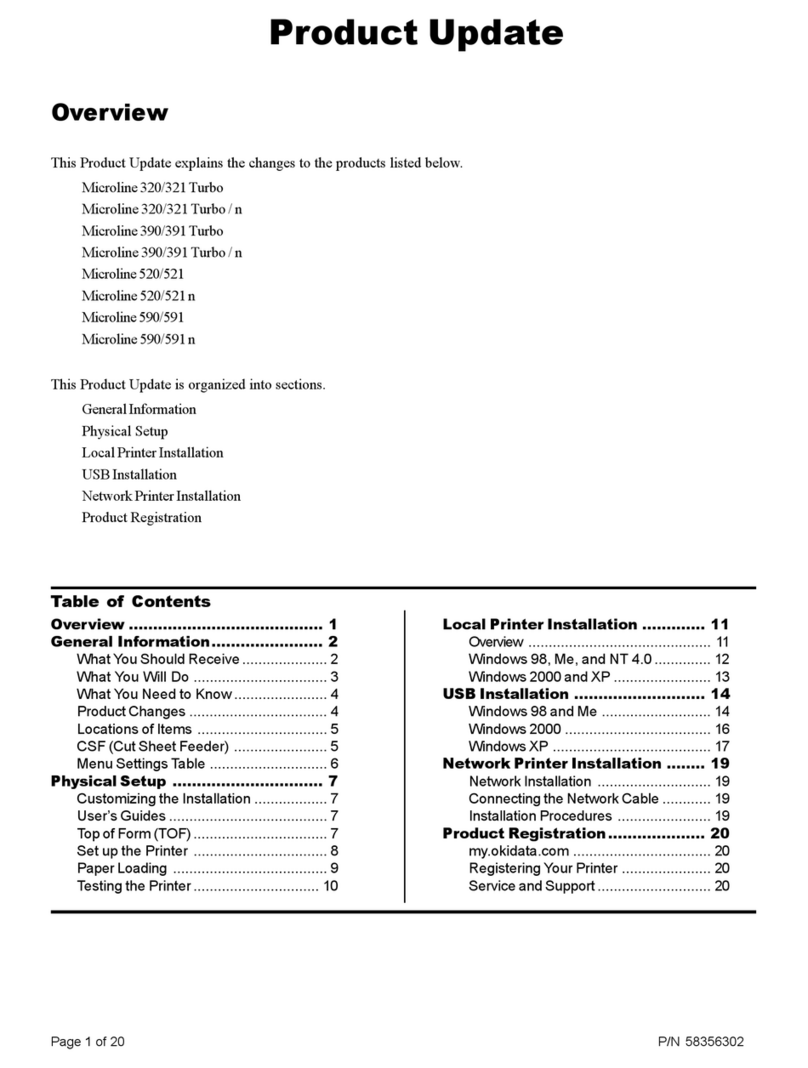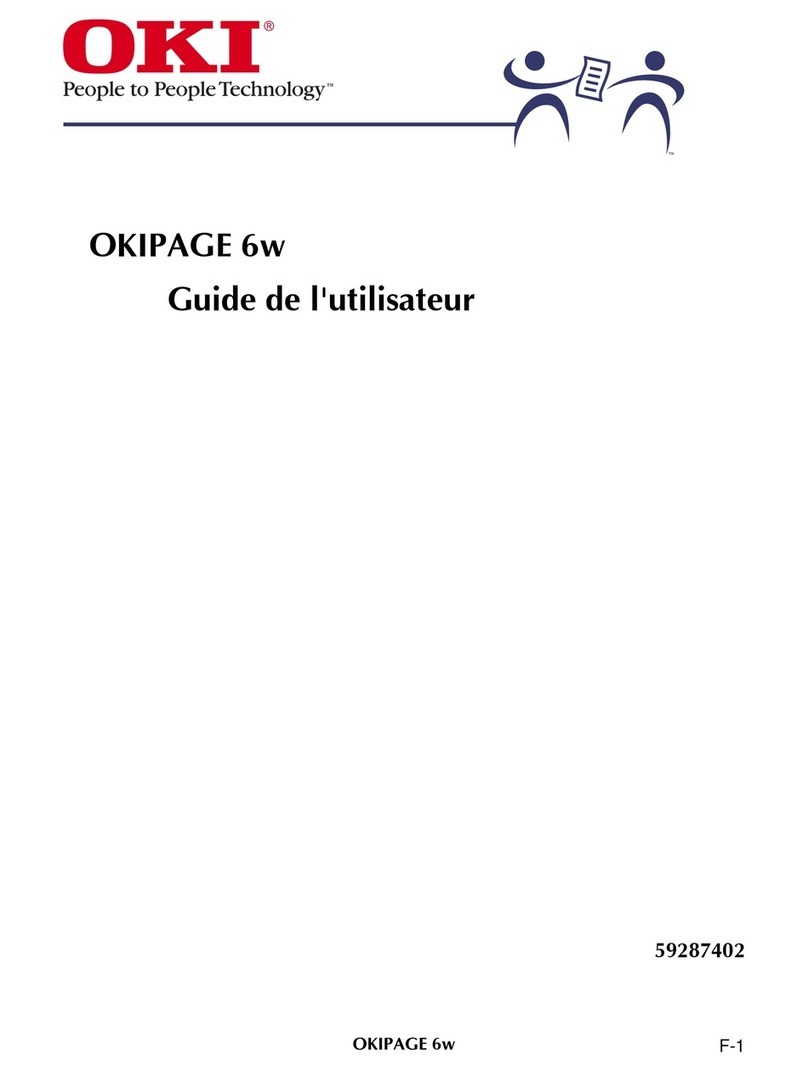
TOC-4
General Wiring Diagram ........................................................................................................................... 4-1
Engine....................................................................................................................................................... 4-2
Wiring Diagram between Parts........................................................................................................... 4-3
Configuration................................................................................................................................ 4-3
Notes on Using the Wiring Diagram between Parts..................................................................... 4-4
1 Power supply................................................................................................................................... 4-6
2 Fuser............................................................................................................................................... 4-7
3 Paper Feed...................................................................................................................................... 4-8
4 Xero / Deve ..................................................................................................................................... 4-9
5 Drive / CRUM ................................................................................................................................ 4-11
6 Tray1 ............................................................................................................................................. 4-13
7 Tray2 ............................................................................................................................................. 4-14
8 MPF............................................................................................................................................... 4-16
9 ROS............................................................................................................................................... 4-19
10 Exit .............................................................................................................................................. 4-19
11 Controller..................................................................................................................................... 4-21
1000 Sheet Feeder................................................................................................................................. 4-22
General Wiring Diagram................................................................................................................... 4-22
Wiring Diagram between Parts......................................................................................................... 4-22
Configuration.............................................................................................................................. 4-22
Notes on Using the Wiring Diagram between Parts................................................................... 4-23
1 Drive.............................................................................................................................................. 4-24
2 Tray3 ............................................................................................................................................. 4-26
3 Tray4 ............................................................................................................................................. 4-28
Duplex..................................................................................................................................................... 4-30
General Wiring Diagram................................................................................................................... 4-30
Wiring Diagram between Parts......................................................................................................... 4-32
Configuration.............................................................................................................................. 4-32
Notes on Using the Wiring Diagram between Parts................................................................... 4-32
1 Duplex ........................................................................................................................................... 4-33
Exit.......................................................................................................................................................... 4-35
General Wiring Diagram................................................................................................................... 4-35
Wiring Diagram between Parts......................................................................................................... 4-36
Configuration.............................................................................................................................. 4-36
Notes on Using the Wiring Diagram between Parts................................................................... 4-37
1 Motor / Solenoid ............................................................................................................................ 4-38
2 Sensor / Fan.................................................................................................................................. 4-39
Finisher................................................................................................................................................... 4-41
General Wiring Diagram................................................................................................................... 4-41
Configuration.............................................................................................................................. 4-42
Notes on Using the Wiring Diagram between Parts................................................................... 4-44
1 Power Supply ................................................................................................................................ 4-46
2 H-Transport ................................................................................................................................... 4-47
3 Sensor (Paper feed section).......................................................................................................... 4-48
4 Sensor (Exit section) ..................................................................................................................... 4-50
5 Motor............................................................................................................................................. 4-51
6 Motor / Clutch / Solenoid............................................................................................................... 4-52
7 Tamper.......................................................................................................................................... 4-54
8 Stapler........................................................................................................................................... 4-55
9 Puncher1....................................................................................................................................... 4-56
10 Puncher2..................................................................................................................................... 4-57
HCF......................................................................................................................................................... 4-59
General Wiring Diagram ......................................................................................................................... 4-59
Wiring Diagram between Parts......................................................................................................... 4-60
Configuration.............................................................................................................................. 4-60
